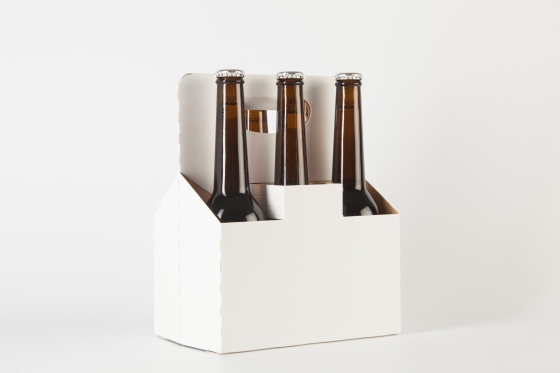 When adolescents are using drugs they usually go to great lengths to hide it from their families. But there are always signs that give it away.
When adolescents are using drugs they usually go to great lengths to hide it from their families. But there are always signs that give it away.
The Health, Behavioral and Psychological Indicators of Drug Abuse
If your instincts tells you something is going on with your son or daughter it probably is. But it may not have anything to do with drugs or alcohol, which is why you have to be very careful before jumping to conclusions or making accusations.
This list isn’t intended to be complete and definitive. However, these are some of the surest indicators of drug abuse and they are signs that you as a mom or dad cannot afford to ignore.
Health-Related Indicators
- Nighttime insomnia combined with frequent daytime naps.
- Bad breath or unexplained chemical-like odors on clothing.
- Neglect of normal grooming practices.
- Bloodshot eyes and dilated pupils.
- Frequent injuries or bruises that he or she can’t or won’t explain.
- A loss of motor skills plus shakes, tremors or incoherent speech.
- Sudden weight gain or loss.
Behavioral Indicators
- Rapid decline in academic performance, revealed by poor grades or reports of missed classes or school days.
- Old friends replaced by new ones that parents have never met (and introductions are not forthcoming).
- Missing money, valuable items or prescription pills, all of which your child had access to.
- Loss of interest in treasured hobbies, sports or other extracurricular activities at school.
- Secretive behavior, locked doors and excessive demands for privacy.
- Frequently getting into fights or arguments with friends, teachers or family members.
- A sudden affection for incense, perfume, air freshener or other odor-masking agents.
Psychological Indicators
- Sudden mood swings occurring on a daily basis.
- Memory loss or difficulty in concentrating.
- Hyperactivity or agitation without apparent cause.
- Loss of motivation and drive along with other signs of depression.
- Unpleasant personality changes, such as short-temperedness, defensiveness or paranoia.
One or two of these symptoms may not be cause for worry. But if several apply to your child substance abuse could very well be the problem.
The Threat is Real, Take it Seriously
All parents have a healthy fear of drugs. We know the damage they can cause in our kids’ lives, but no matter how hard we try to protect our children we know drugs are everywhere and that young people will be tempted to experiment.
So it is better to keep your eyes open and stay alert at all times, and if you do see signs of drug abuse you need to sit down and talk to your son or daughter right away. These conversations can be difficult but they are essential and it is your responsibility as a parent not to turn a blind eye to the truth.
Follow our blog for more insights and advice about substance abuse and behavioral health.

 If you have a loved one who is suffering from addiction, you may be considering performing an intervention. Interventions have the potential to help a loved one seek treatment. When done well, the intervention can help the loved one feel supported and can help him or her decide to make a change.
If you have a loved one who is suffering from addiction, you may be considering performing an intervention. Interventions have the potential to help a loved one seek treatment. When done well, the intervention can help the loved one feel supported and can help him or her decide to make a change. Small lapses of judgment can snowball into life-altering problems. Alcoholism and drug addiction are perfect examples of this stealth dynamic in action, and the subtle nature of the decline they precipitate makes it hard for people with substance abuse disorders to accurately perceive what is happening.
Small lapses of judgment can snowball into life-altering problems. Alcoholism and drug addiction are perfect examples of this stealth dynamic in action, and the subtle nature of the decline they precipitate makes it hard for people with substance abuse disorders to accurately perceive what is happening. If you have a friend or loved one who has attempted suicide, you may be unsure how to best offer support going forward. While it may seem like the best course of action is to ignore the suicide attempt, friends and family often better help a loved one when they open up dialogue about the event and what led to it.
If you have a friend or loved one who has attempted suicide, you may be unsure how to best offer support going forward. While it may seem like the best course of action is to ignore the suicide attempt, friends and family often better help a loved one when they open up dialogue about the event and what led to it.




